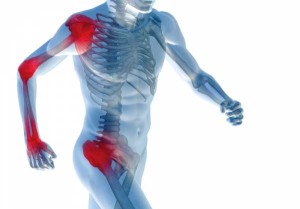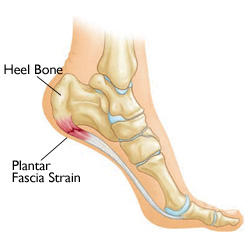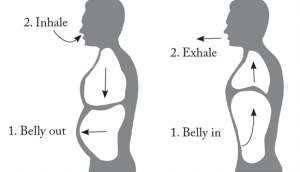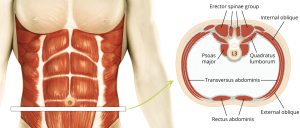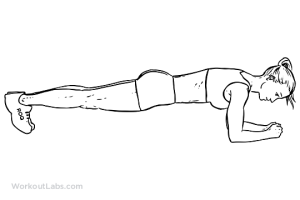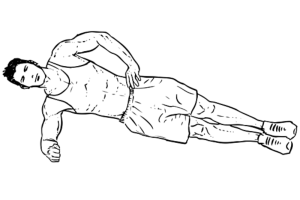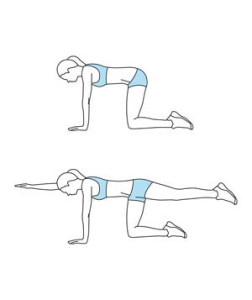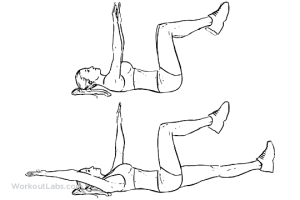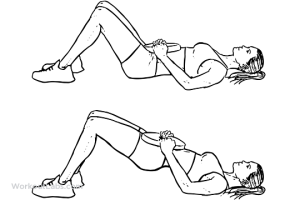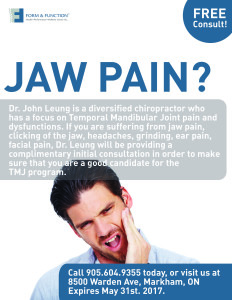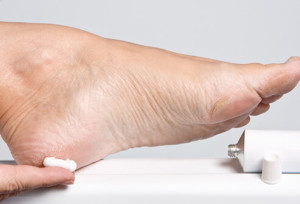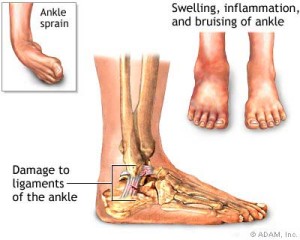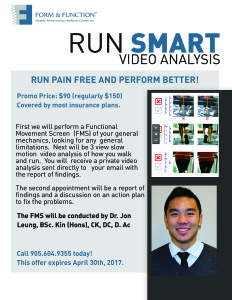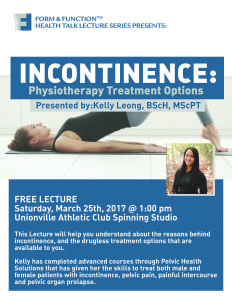Do you have headaches, neck pain, ringing in the ears, or pain into the jaw/teeth? Did you know your temporomandibular joint or jaw could be the cause?
The temporomandibular joint (TMJ) or jaw joint is a two hinged joint that allows for complex movements to allow you to eat, talk, yawn and do things with your mouth. You have two TMJ joints, one on each side of your head. The TMJ is comprised of:
🔹Muscles of chewing
🔹Joint capsules
🔹Articular Discs
🔹Tissue behind the disc
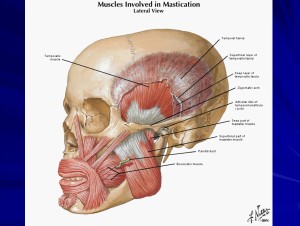
We will be assessing the following motions during a self assessment. The jaw is quite complex and has four basic movements, each of which are required for proper function:
– Protrusion – jaw moves forward
– Retraction – jaw pulls backward
– Elevation – jaw rises
– Depression – jaw drops
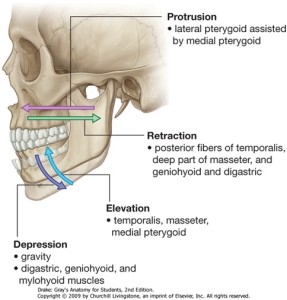
The first question you can ask yourself is: Do I have a tempomandibular joint dysfunction (TMD)? The answer may be quite simple. Answer the following questions and try this self assessment screen to see for yourself.
– Is there any pain in your jaw?
Do you have headaches?
– Do you have neck pain?
– Do you have ringing in the ears?
– Do you have deep tooth pain (cleared by your dentist)
– Does your jaw tire easily while eating?
Try this self assessment:
– Look into the mirror
– Gradually open your mouth wide – can you open it as wide as 3 of your knuckles?
– Does your jaw shift one way? Does it shift back?
– Do you have a pop or click sound?
– Does one side feel tighter than the other?
These are all examples of things that you can see/feel when assessing yourself for a potential TMD. If you notice you have any of the following, you may have a TMD! Get yourself checked out and come in for a screen and we can see how well you function.
Dr. Christopher Duong is a board-certified Chiropractor specializing in TMJ pain.
Patcharee Bergsma is a Registered Massage Therapist and Thai Massage Therapist that performs TMJ massage on external TMJ muscles as well as Interior TMJ Muscles and joints
Book an assessment
Initial assessents will include a full physical and history taking of your TMJ issue.
The practitioner will provide a prognosis and treatment plan. Most insurance billing accepted

